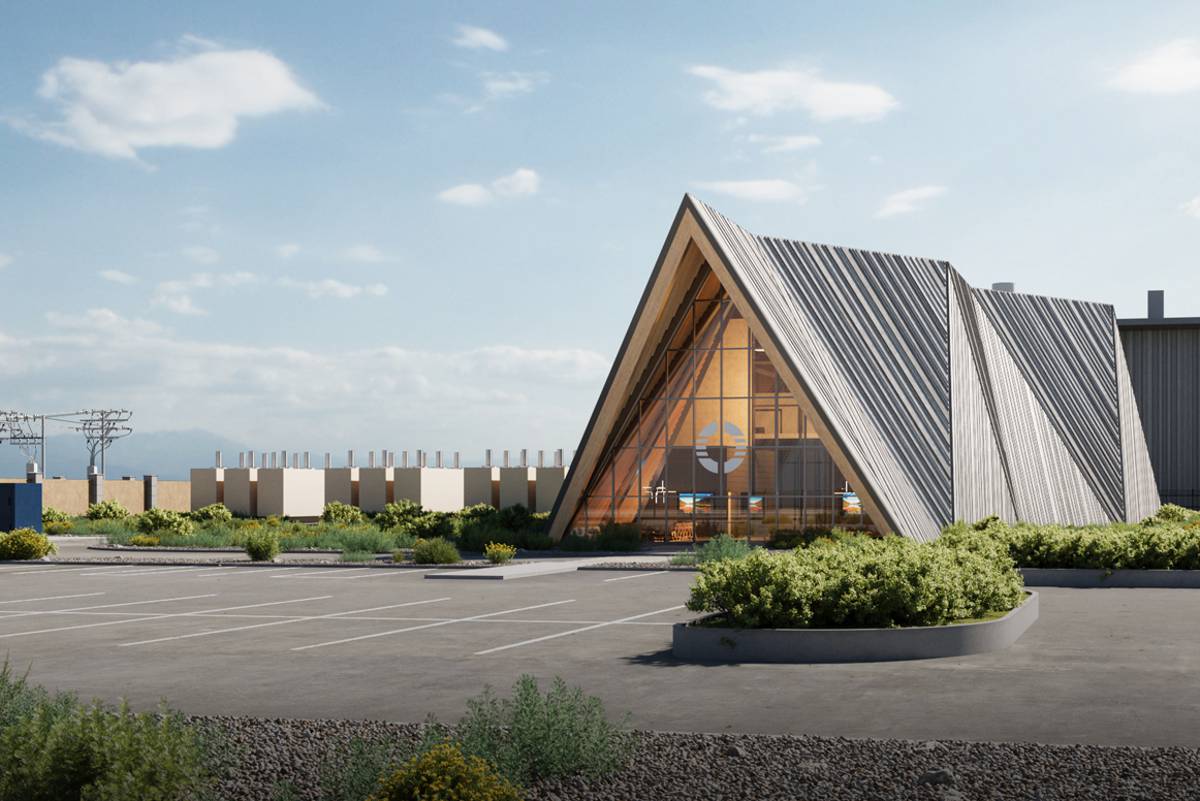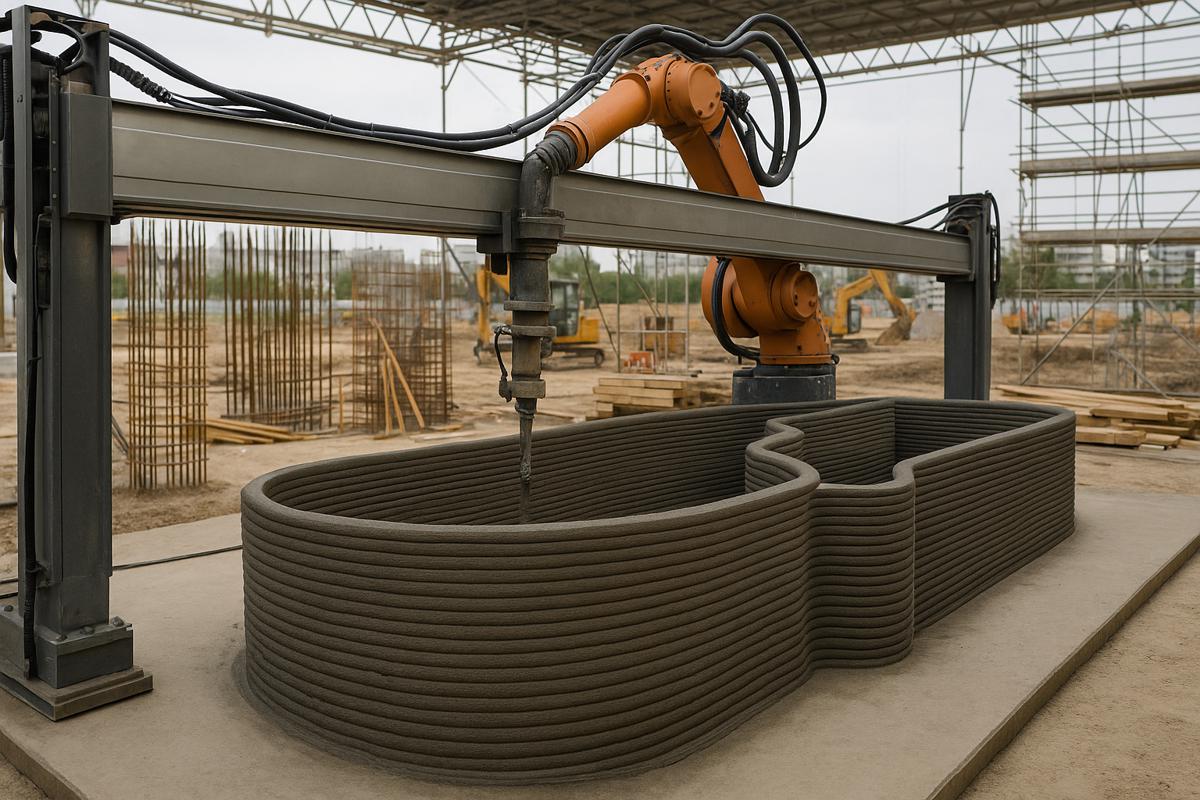Intelligent Earthquake Prediction Modelling for Safer Structures
In earthquake-prone regions, the ability to accurately predict how a building will behave under seismic stress is not just an academic exercise but a matter of public safety. Reinforced concrete (RC) structures, often strengthened with masonry infill, are ubiquitous across cities, and their resilience hinges on one crucial parameter: the fundamental vibrational period. This determines how a building will respond to ground motion during an earthquake. Yet, predicting it precisely has long been a challenge.
A pioneering collaboration between the Department of Civil Engineering at the World University of Bangladesh, the School of Civil Engineering at Zhengzhou University, and the Department of Computer Science & Engineering at the University of Asia Pacific has taken a major step forward in solving this problem. Their study, titled Bayesian Optimised LightGBM Model for Predicting the Fundamental Vibrational Period of Masonry Infilled RC Frames, offers a fresh perspective on structural modelling by merging advanced machine learning with practical engineering needs.
The Challenge of Accurate Seismic Prediction
Traditional seismic design codes provide empirical formulas for estimating a building’s fundamental period. However, these are often based on limited datasets or outdated assumptions. As urbanisation continues and architectural styles evolve, the relationship between geometry, material properties, and seismic response becomes increasingly complex. Machine learning has emerged as a powerful tool for uncovering these hidden relationships, but it too has limitations.
Existing models such as XGBoost, Random Forest, and Gradient Boosting can provide accurate predictions but often demand extensive training time and computational resources. Furthermore, their reliance on pre-trained models can make them less adaptable when new data is introduced, a critical shortcoming given the dynamic nature of seismic datasets.
This is where the research team saw an opportunity. As Dr. Taimur Rahman explained: “Our goal was to develop a model that not only delivers exceptional predictive accuracy but also adapts efficiently to continuously evolving data without sacrificing computational speed.”
Enter the Bayesian-Optimised LightGBM Model
At the heart of the study lies the Light Gradient Boosting Machine (LightGBM), a model developed by Microsoft that has rapidly become a favourite among data scientists for its efficiency and scalability. The research team enhanced this model through Bayesian Optimisation, a probabilistic method for tuning hyperparameters that intelligently explores the search space to find the optimal configuration.
By applying Bayesian Optimisation, the researchers managed to refine the LightGBM model to predict the fundamental vibrational period of masonry infilled RC frames with unprecedented accuracy. Using the FP4026 dataset as their foundation, they trained and tested the model against industry-standard algorithms.
The results were striking. The Bayesian-Optimised LightGBM achieved an R² score of 0.9995, almost perfect accuracy, and a root mean square error (RMSE) of just 0.0178. Moreover, it trained 23.2 times faster than XGBoost and a remarkable 45.5 times faster than Gradient Boosting. This leap in performance represents not only a technical milestone but a practical breakthrough for engineers working in real-world conditions.
Benchmarking Against the Best
The team compared their optimised LightGBM model with other leading machine learning approaches, including Decision Tree, Random Forest, and XGBoost. Each model has its strengths, Random Forest’s robustness, XGBoost’s precision, and Gradient Boosting’s flexibility, but none could match the combined speed and accuracy of the Bayesian-enhanced LightGBM.
Dr. Pengfei Zheng from Zhengzhou University remarked: “The balance between predictive accuracy and computational efficiency is vital. In practical applications, engineers need results fast, particularly when assessing multiple structural configurations under time pressure.” The LightGBM model, fine-tuned with Bayesian methods, fits that demand perfectly.
From Laboratory to Real-World Use
One of the most compelling aspects of this research is its accessibility. The team didn’t stop at developing a sophisticated model; they also created a user-friendly web dashboard built on the Streamlit framework. This interface allows engineers and researchers to input key structural parameters and instantly predict the building’s fundamental period.
But the innovation doesn’t end there. The dashboard also enables users to contribute new data, continuously improving the model’s accuracy and relevance over time. This interactive feedback loop transforms the research into a living, evolving tool, one that grows smarter with every new contribution.
As co-author Shamima Sultana noted: “Our vision was to bridge the gap between academic research and practical engineering applications. The web-based dashboard ensures that our findings are not confined to journals but can be actively used by professionals in the field.”
The Broader Impact on Structural Safety
The significance of this work extends well beyond the technical achievement. With increasing urban density and the growing risk of seismic events due to both natural and human-induced factors, accurate modelling of RC structures has never been more critical.
By integrating machine learning into the structural design process, engineers can move away from empirical assumptions and towards data-driven precision. This allows for more resilient construction, optimised resource allocation, and improved safety margins. Moreover, it opens the door to predictive maintenance strategies that could pre-emptively identify vulnerabilities before they evolve into risks.
The study’s combination of advanced data science and structural engineering marks a new era in earthquake-resistant design. Bayesian-Optimised LightGBM provides a flexible framework adaptable to different building types and regional seismic conditions, paving the way for a new generation of intelligent infrastructure.
A Smarter Structural Future
The success of the Bayesian-Optimised LightGBM model demonstrates the transformative potential of combining engineering expertise with machine learning. As computational tools become increasingly integrated into civil engineering practice, studies like this set the benchmark for what’s possible.
Beyond predicting vibrational periods, the methodology could be expanded to other areas, from assessing material degradation to optimising retrofitting strategies. The fusion of AI-driven insights and practical engineering experience is creating a future where buildings are not only designed to stand tall but also to think ahead.




















